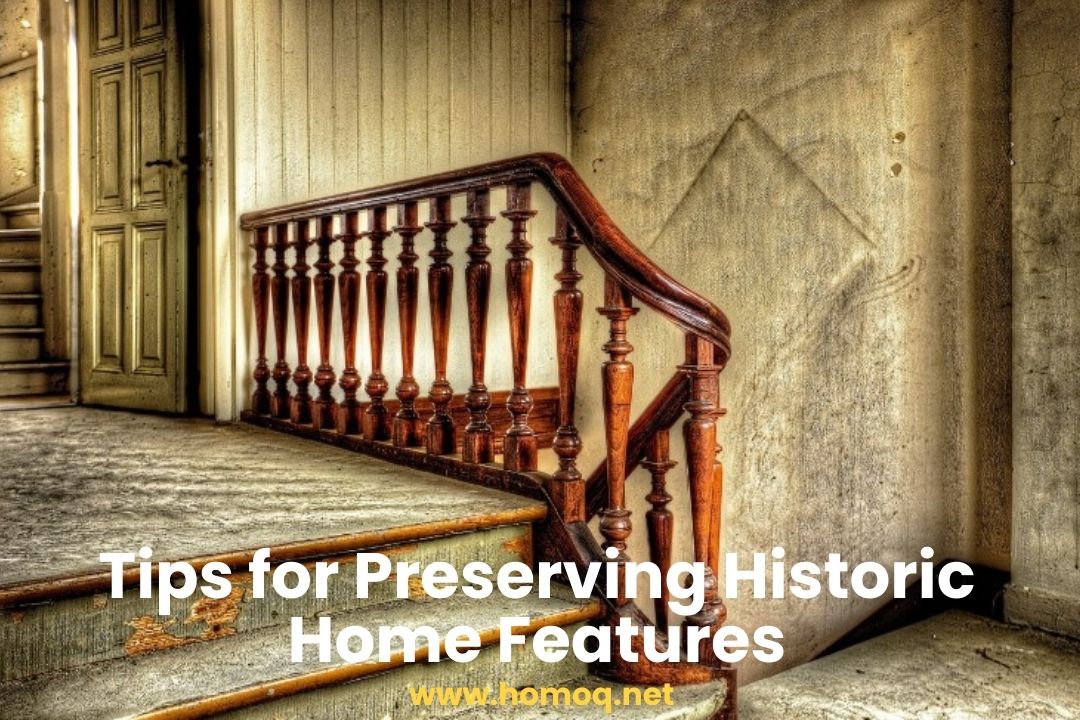Owning a historic home is a privilege and a responsibility. These homes have unique charm and character, often featuring intricate woodwork, antique fixtures, and time-honored craftsmanship that modern dwellings lack. Preserving these original elements requires care, attention, and sometimes professional expertise. Whether restoring a Victorian mansion or a quaint colonial cottage, this guide provides essential tips to help you maintain and protect your home’s historic integrity.
Understanding Your Historic Home’s Features
Before undertaking any preservation project, it’s crucial to understand what makes your home unique. Historic homes often feature:
- Original Woodwork – Hand-carved details, crown moldings, and hardwood floors
- Antique Windows – Leaded glass, sash windows, and handcrafted frames
- Period-Appropriate Fixtures – Original light fixtures, door knobs, and hardware
- Traditional Plaster Walls – Lath and plaster finishes rather than modern drywall
- Exterior Architectural Details – Cornices, eaves, and ornate porch railings
Understanding these features allows you to take appropriate steps to preserve their historical significance rather than replacing them with modern alternatives.
Essential Tips for Preserving Historic Home Features
1. Maintain and Restore Rather Than Replace
Whenever possible, repair and restore rather than replace original elements. For example, rather than installing new windows, consider restoring the existing ones to retain their character and historical accuracy.
2. Use Period-Appropriate Materials
Modern materials may not blend well with historic features. Use materials that match the original construction, such as:
- Lime-based mortar instead of modern cement for brickwork
- Traditional wood stains instead of synthetic finishes
- Oil-based paints for wood surfaces
3. Protect Original Woodwork
Historic woodwork can be preserved by:
- Regularly dusting and polishing wooden surfaces
- Avoiding excessive moisture that can cause warping or rot
- Using natural oils to prevent drying and cracking
4. Preserve Historic Windows
Original windows contribute significantly to the character of a historic home. Instead of replacing them with vinyl or aluminum alternatives:
- Seal gaps with weatherstripping
- Replace broken panes with period-appropriate glass
- Repaint and repair rather than remove wooden frames
5. Respect the architectural integrity
When making upgrades or repairs, maintain the architectural style of your home. Avoid modern additions that clash with its historic design. If remodeling, try to replicate the original craftsmanship as closely as possible.
6. Hire Professionals for Specialized Restoration
Some tasks, such as restoring stained glass windows or refurbishing plaster walls, require expert knowledge. Hire professionals specializing in historic home restoration to ensure the work is done correctly.
7. Keep Up with Regular Maintenance
Routine maintenance helps prevent minor issues from turning into costly problems. Tasks include:
- Inspecting and repairing the roof
- Cleaning and repainting wooden trim
- Checking for leaks and sealing cracks
- Monitoring foundation stability
8. Preserve Historic Landscaping
Many historic homes have original gardens, stone pathways, or period-specific landscaping. Maintain these elements by:
- Using traditional plants that complement the home’s
- Restoring original stone pathways instead of replacing them with modern alternatives
- Keeping historic fences and gates in good condition
Why Preservation Matters
Preserving historic home features is more than just maintaining a structure; it’s safeguarding history, culture, and architectural artistry. Landmark homes provide a window into the past, showcasing construction techniques and design elements that are no longer commonplace. Restoration efforts can also increase property value, boost curb appeal, and create a unique and charming living space.
FAQs
1. Can I make energy-efficient upgrades without compromising historic features?
Yes! You can install storm windows inside existing window frames, use weatherstripping, and upgrade insulation in attics and basements without altering the home’s exterior.
2. What should I do if my historic home has lead paint?
If your home was built before 1978, it may contain lead paint. Have a professional assess the situation and use lead-safe removal methods if necessary.
3. How can I find period-appropriate materials for restoration?
Look for architectural salvage stores, specialty wood mills, and online marketplaces that offer antique building materials.
4. Is it necessary to get historic home restoration approval from local authorities?
Your home may be subject to historic preservation laws depending on your location. Before making significant changes, check with local preservation societies or city planning departments.
5. How do I prevent termite damage in a historic home?
Regular inspections, keeping moisture levels low, and using borate treatments can help protect historic woodwork from termites.
Final Words
Preserving historic home features requires dedication, but the rewards are worthwhile. By maintaining your home’s craftsmanship and authenticity, you honor its history and ensure its beauty lasts generations. Whether restoring a century-old staircase or simply maintaining original wood floors, every effort contributes to preserving the charm and significance of your historic home.

